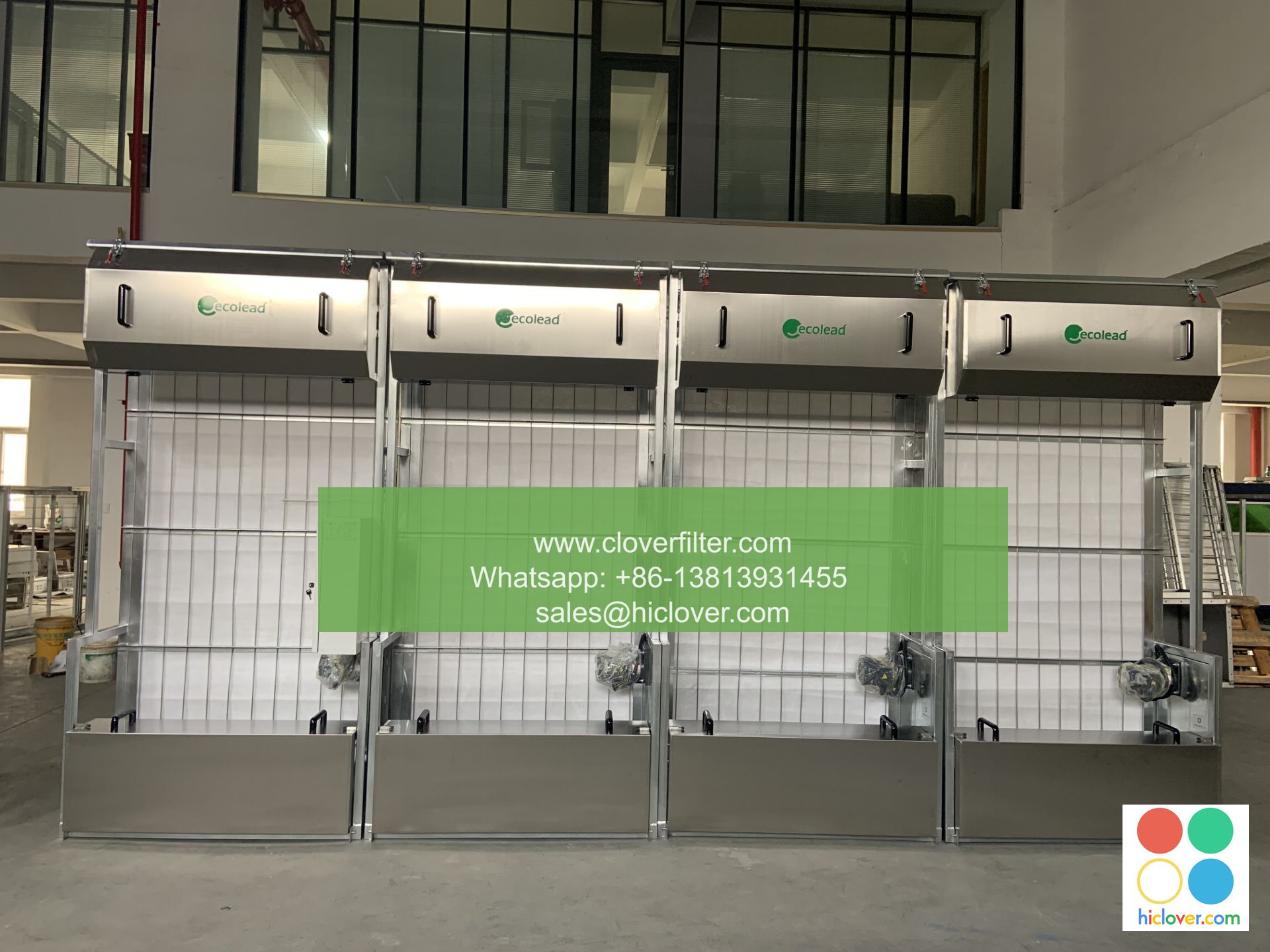Revolutionizing Water Filtration: The Science Behind Self-Renewing Filter Media

Revolutionizing Water Filtration: The Science Behind Self-Renewing Filter Media
Introduction
Access to clean water is a fundamental human right, yet millions of people around the world still lack basic access to this essential resource. Traditional methods of water filtration, such as activated carbon and reverse osmosis, can be effective, but they also have limitations and require frequent replacement. In recent years, a new generation of self-renewing filter media has emerged, promising to revolutionize the way we think about water filtration. In this article, we’ll delve into the science behind self-renewing filter media and explore the vast potential applications for clean water.
The Need for Self-Renewing Filter Media
Traditional water filtration methods, such as activated carbon and reverse osmosis, work by using physical barriers to remove impurities from water. However, these methods have limitations. Activated carbon, for example, can only remove a limited range of contaminants, and its effectiveness isoften compromised by rapid saturation. Reverse osmosis, on the other hand, is energy-intensive and expensive to maintain. Moreover, both methods require frequent replacement, which can lead to waste and environmental harm.
The Science of Self-Renewing Filter Media
Self-renewing filter media, on the other hand, use advanced materials and technologies to reactivate or regenerate spent media, extending their lifespan and reducing the need for frequent replacement. These materials can incorporate a range of technologies, including:
- Zeolites: Porous, crystalline structures that can be regenerated through thermal or chemical treatment, allowing them to recover their original filtration capabilities.
- Ion-exchange resins: Materials that exploit the process of ion exchange to remove impurities from water, which can be selectively restored through regeneration.
- Membrane cleaning: Techniques that use advanced materials and cleaning agents to restore the integrity of membranes, eliminating the need for replacement.
- Wastewater treatment: Self-renewing filter media can optimize wastewater treatment processes, reducing the environmental footprint and energy consumption of treatment plants.
- Industrial water treatment: For industries such as power generation, oil refining, and manufacturing, self-renewing filter media can improve water quality and reduce downtime.
- Residential water filtration: For households, self-renewing filter media can provide a cost-effective, eco-friendly alternative to traditional filter replacements.
- Emergency response: In disaster relief situations, self-renewing filter media can provide a critical lifeline, enabling access to clean water in the face of infrastructure disruption.
These technologies have the potential to significantly reduce the environmental impact of water filtration, as well as minimize the economic burden of frequent replacement.
Applications for Self-Renewing Filter Media
The applications for self-renewing filter media are vast and varied, from industrial processes to household use. Some key areas where these technologies can make a significant impact include:
Conclusion
The science behind self-renewing filter media has the potential to revolutionize the way we think about water filtration. By incorporating advanced materials and technologies, we can create more sustainable, efficient, and effective solutions for water treatment. As we move forward, it is essential to continue researching and developing these technologies, to ensure that clean water is a reality for all, regardless of their geographical location or socioeconomic status.
Keywords: self-renewing filter media, water filtration, activated carbon, reverse osmosis, zeolites, ion-exchange resins, membrane cleaning, wastewater treatment, industrial water treatment, residential water filtration, emergency response.
I’m happy to help! What would you like to talk about or ask about?


